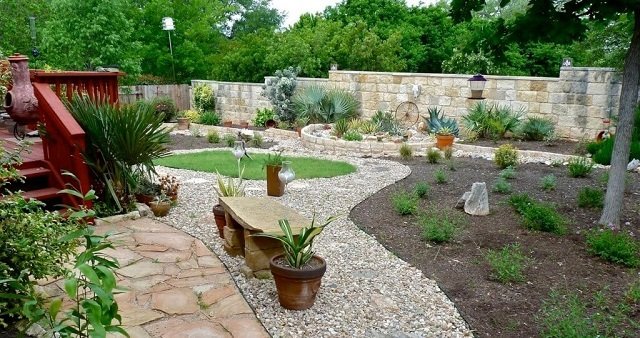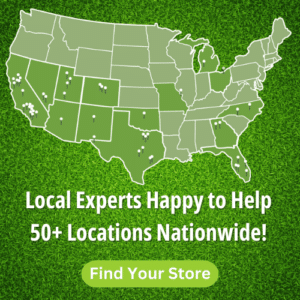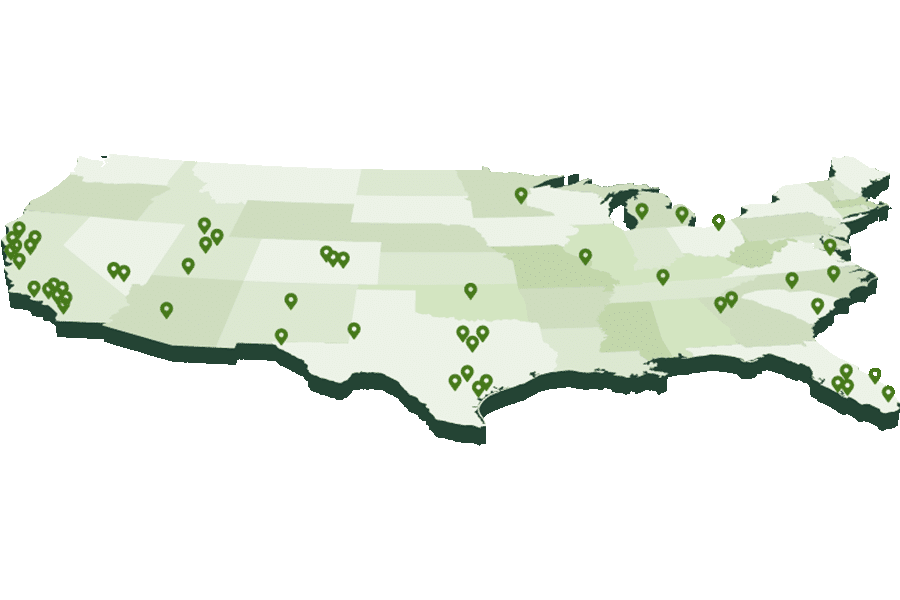Drought tolerant, drought resistant–what’s the difference? Is there a difference? What if there’s not even in a drought where I live? Should I still care?
The terms “drought resistant” and “drought tolerant” are frequently used interchangeably, but there is a difference. A plant that is drought resistant is able to go without water for a long time. Drought tolerant means that it can grow with a minimal amount of water.
Regardless of whether there is or isn’t a drought, reducing your overall water usage is not only an environmentally friendly choice, but it’s also more economical in the long run. Maintaining a perfectly trimmed, green lawn takes a LOT of water, time, and maintenance.
Some replacements for grass lawns are pavement, gravel and mulch, but–in our humble and completely unbiased opinion–there is a better way to fill that space. One that is more functional, more attractive, and more green.
Replacing natural and–dare I say–needy grass with drought resistant grass turf allows you to free yourself of obtrusively high water bills and long hours of convincing yourself to go mow the lawn. No more!
Using Drought Resistant Grass
Because it requires no water, turf can be considered a huge part of drought resistant landscaping. Artificial grass replaces natural grass in a way that gravel and mulch just can’t. Drought resistant landscaping as a whole can incorporate all of these products in a really beautiful, practical way. Using artificial grass as an alternative to natural grass doesn’t mean sacrificing all the greenery. This backyard is a smorgasbord of native plants, drought resistant grass, gravel, stone pavers, mulch; it’s interesting. It’s a space that not only conserves water but looks good doing it.An expansive backyard of natural grass can use 99,000 gallons of water per year. That’s big money. Investing in drought resistant grass can pay for itself in 3-5 years from those water and maintenance savings. No water, no pesticide, no mowing.Decades ago, it was obvious when you used artificial grass. It was unnatural-looking, stiff, and was made out of some not-so-safe ingredients. But now, one of the only indicators that you have an artificial grass lawn is that it looks so darn good all the time! Either you’re very meticulous and spend a lot of money on upkeep for your natural lawn, or you bought a drought resistant artificial grass lawn a couple of years ago and do some regular cleaning to keep it looking fresh. If it’s the latter, how does it feel to save water, time, and money all while having a gorgeous, natural-looking outdoor space? Probably feels pretty good.
Using artificial grass as an alternative to natural grass doesn’t mean sacrificing all the greenery. This backyard is a smorgasbord of native plants, drought resistant grass, gravel, stone pavers, mulch; it’s interesting. It’s a space that not only conserves water but looks good doing it.An expansive backyard of natural grass can use 99,000 gallons of water per year. That’s big money. Investing in drought resistant grass can pay for itself in 3-5 years from those water and maintenance savings. No water, no pesticide, no mowing.Decades ago, it was obvious when you used artificial grass. It was unnatural-looking, stiff, and was made out of some not-so-safe ingredients. But now, one of the only indicators that you have an artificial grass lawn is that it looks so darn good all the time! Either you’re very meticulous and spend a lot of money on upkeep for your natural lawn, or you bought a drought resistant artificial grass lawn a couple of years ago and do some regular cleaning to keep it looking fresh. If it’s the latter, how does it feel to save water, time, and money all while having a gorgeous, natural-looking outdoor space? Probably feels pretty good.




